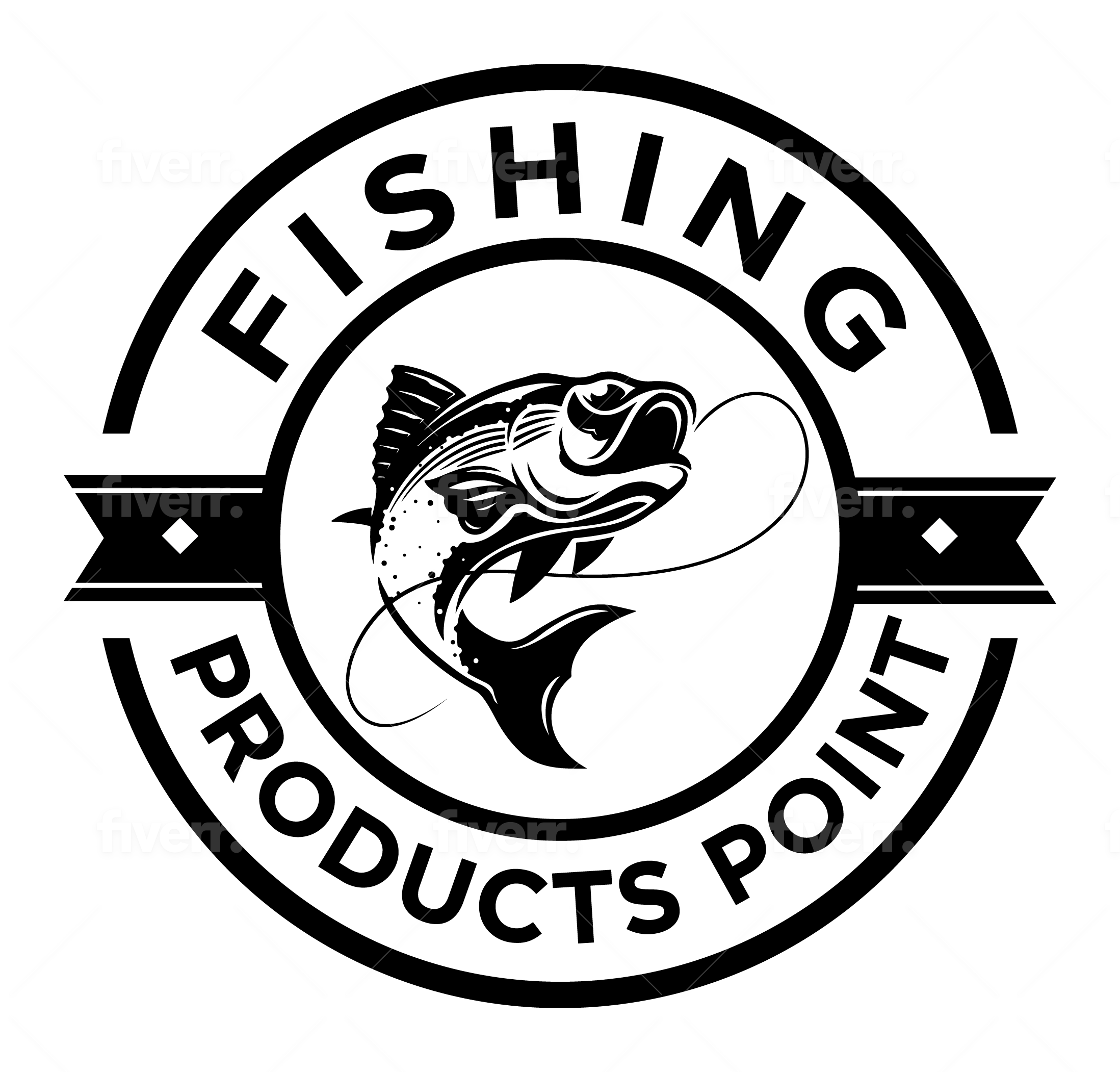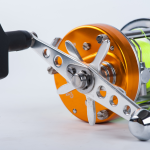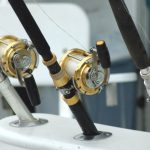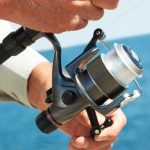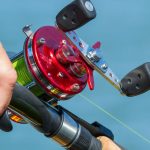A baitcasting reel is a great choice for beginners who want to start fishing. However, for every new angler, one of the biggest challenges is to learn how to set up a baitcasting reel on a fishing rod.
Baitcasting reels are great for fishing because they allow you to cast out a line without having to reel it back in. In comparison to other types of reels, baitcasters are typically equipped with a drag system that allows them to slow down or stop the rotation of the spool.
To get the most out of a baitcaster in fishing, it must be set properly. Therefore, in the following article, I have explained the steps of how to set up a baitcaster reel in an easy way. After reading it completely, you will be in a position to set up a new baitcasting reel.
Now let us get started!
Parts of a Baitcasting Reel
Before setting up a baitcaster, knowing the main components of a baitcasting reel is necessary. There are three basic parts to a baitcasting reel:
- Handle
- Spool
- Line
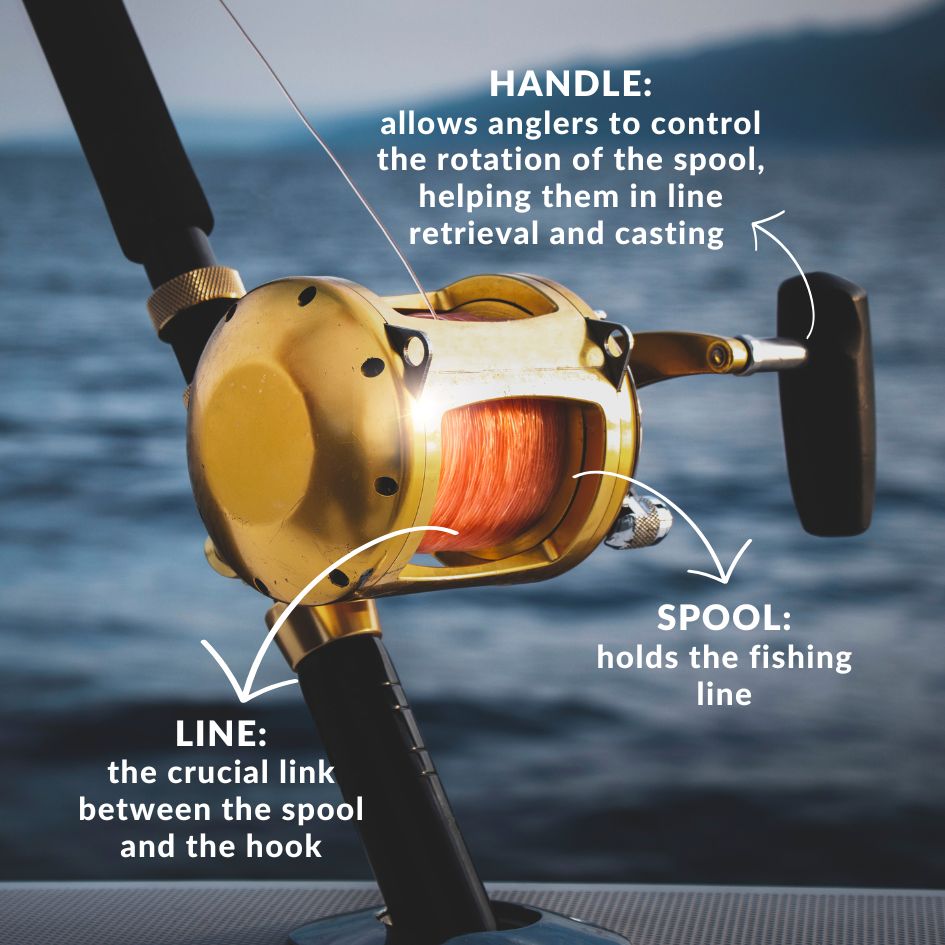
The handle holds the spool and the line together. The spool holds the line and the hook. Finally, the line connects the spool to the hook.
How to Set Up a Baitcasting Reel
In setting up the baitcaster reel, some important steps need to be followed. Going through these steps one by one will help you to learn how to set a baitcasting reel properly.
Steps for Setting up a Baitcasting Reel
Below are the steps that if done correctly will make it easy for you to set up a new baitcasting reel.
Step 1. Choose Your Rod
The first thing you need to do before setting up your baitcasting reel is chosen what rod you want to use. There are many different types of rods out there, each with its unique characteristics.
You should choose a rod based on how much line you plan to use, how heavy your line is, and the type of fishing you plan on doing. If you plan to cast small baits, then you may want to go with a lighter rod. If you plan to use a heavier line, then you might want to consider a stronger rod.
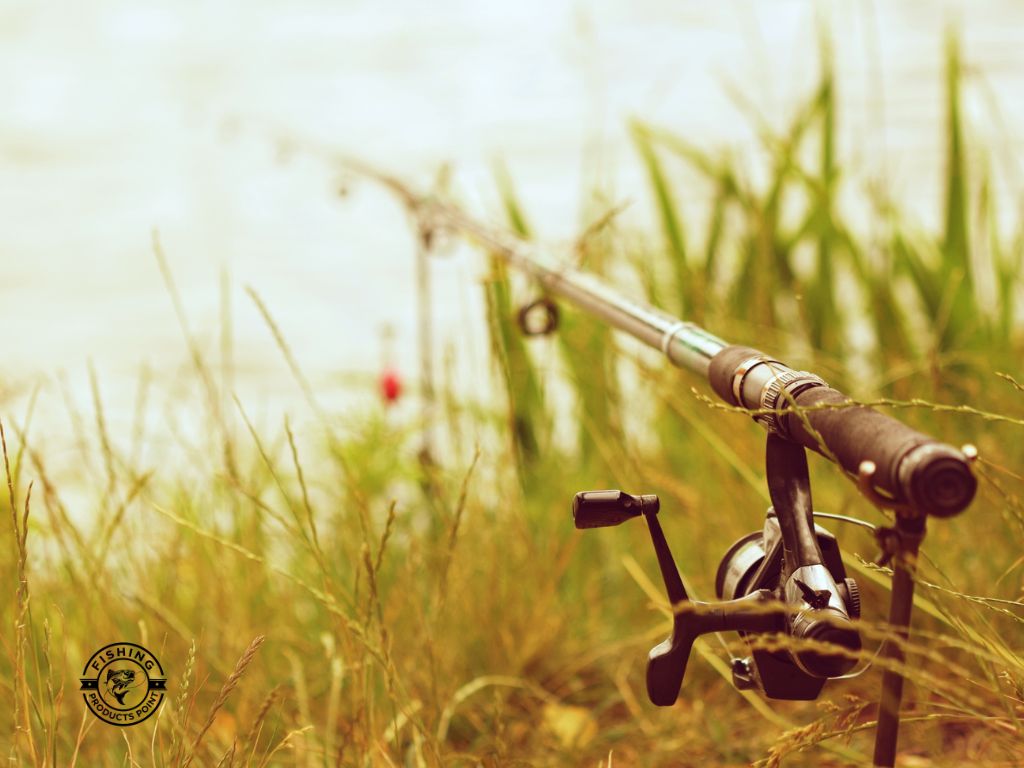
Step 2. Setting the Handle of a Reel
Attach the handle to the spool using a screwdriver. Then, attach the spool to the handle using a wrench. Finally, tighten both screws until the handle is secure.
Step 4. Select Your Line
Next, you need to select the line you want to use. Three types of lines are used on baitcasters.
- Monofilament
- Fluorocarbon
- Braid
Most people prefer the monofilament line because it is strong, durable, and does not break easily. However, if you were planning to use a Spincast reel, then a braided line would be best. You should also make sure that the line you choose is compatible with your rod.
Step 5. Line Setting
Once it is decided which type of line should be used on a baitcaster reel, it is time to set the line. Take the line and tie it around the spool. Make sure that the knot is tight. Then, take the end of the line and thread it through the eyelet on the side of the handle. Pull the line through the eyelet until the line is taut. Tie the end of the line to the hook.
Step 6. Line Feeding to the Reel
Line Feeding is the process of feeding a line to a baitcasting reel. The spool of the reel feeds the line.
It is a very easy step where you pass the monofilament line through the holes of the rod placed along the tip of the rod. After doing that, make sure that the line should bypass the level wind, feed into the spool holes, and finally onto the reel. Once all done, tie a small simple knot to hold the line.
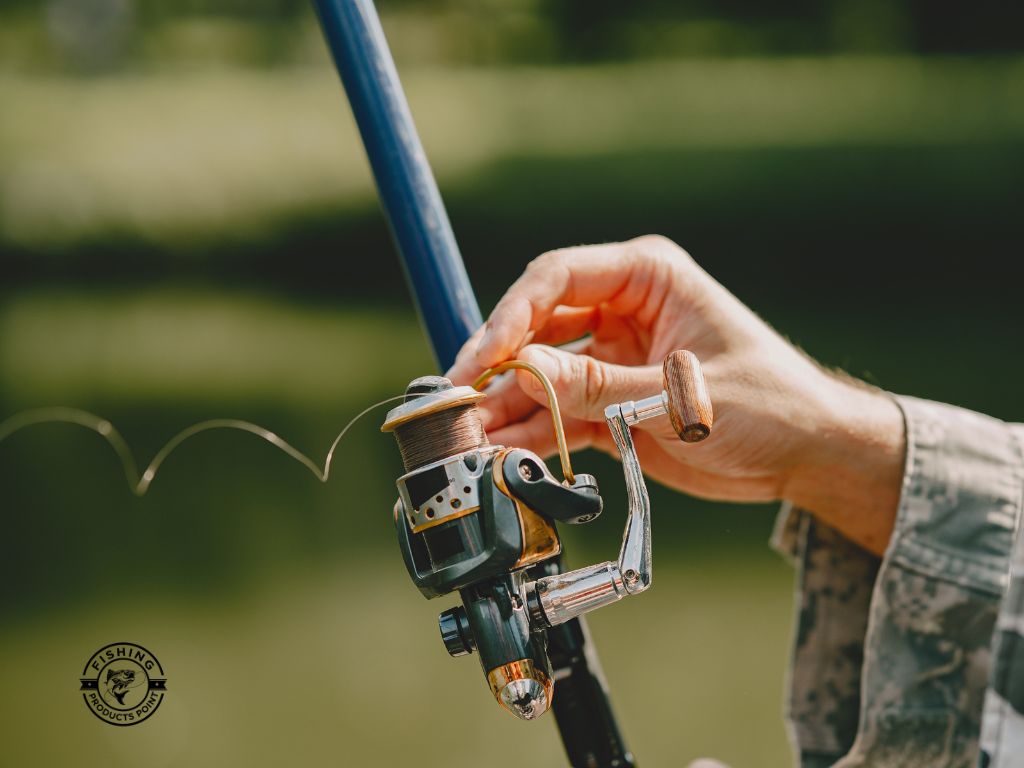
Step 7. Line Securing to the Reel
Probably the most important step in the process of how to set up a baitcasting reel is line securing. After feeding the line to the reel, secure the line in a way that it is not tangled up in any part of your fishing equipment.
The line should be secured to the reel in such a way that it could not come off, even if you pull hard on the handle. The best way is to use a small piece of cord or cable tie and wrap it around the spool several times.
Step 8. Loading Line onto the Reel
After securing the line with a tight knot and connecting it with a reel, the next phase in how to set up a baitcaster is to load the line onto the reel by inserting it into the front of the spool. The line will be fed through a small hole in the side of the spool and down to where it is connected to your lure.
During this process of loading the line onto the reel, make sure that there will be constant pressure on the fishing line.
Step 9. Spool Tension Setting
The spool tension is the amount of line that will be wound onto the spool. This can vary from reel to reel, but it is usually in the range of 20-35 pounds. The more line that passes through, the higher your tension will be.
The spool tension is set by the reel’s drag system. Moreover, the amount of pressure applied to the line depends on how hard you pull back on the handle. When setting up a new baitcasting reel, it is best to start with a low setting and gradually increase it until you find an appropriate level for your fishing situation.
If you feel like there is too much drag on your cast, then increase tension slightly so that there is not too much resistance when reeling in your bait or lure.
Step 10. Brake System Settings
There are generally two types of braking systems in baitcasting reels.
- Centrifugal Braking system
- Magnetic Braking system
A centrifugal braking system slows down the baitcasting reel’s rotor, thus reducing the amount of drag on the lure. This allows more lines to be pulled through the lure at once and increases casting distance.
Magnetic brakes as compared to centrifugal brakes are much easy to operate. This braking system makes the baitcasting reel more stable. In this way, you can cast longer time without fear of losing your line or casting too much distance.
To adjust the magnetic braking system, a dial is present on the baitcasting reel externally having readings of 1-10. By changing the values on that dial, the power of magnetic brakes can be increased or decreased.
Step 11. Drag Setting
Drag setting is the amount of drag that you use to slow down the retrieve. The more drag, the slower your retrieve will be. You can adjust this by turning a small screw on the side of your baitcasting reel and moving it up or down.

If you want to make a long cast, turn it all the way in so that there is no drag at all. If you want to make short casts, turn it out so that there is some drag but not too much.
Step 12. Make Sure That Everything Is Connected Properly
Once everything is connected properly, you are ready to start fishing!
Conclusion
Baitcasting reel has many advantages over other types of reels. It does not require much maintenance and it is easy to use. When setting up a new baitcasting reel there are many factors to consider like a spool, line, brake system, and drag.
Once you manage to adjust the settings of all these factors, a baitcasting reel set-up will become very easy for you. In my guide on how to set up a baitcasting reel, I have explained all the steps required for setting up a new reel. By following all those steps, you will get to know that using a properly set baitcaster will be great for your next fishing season.
